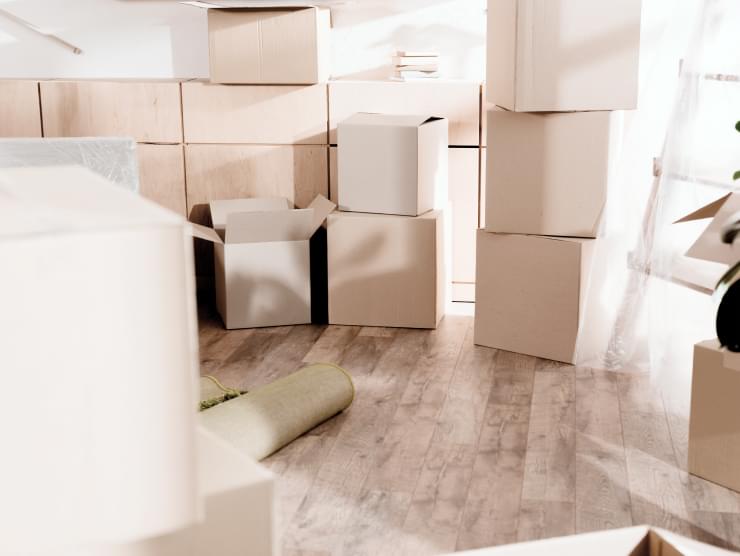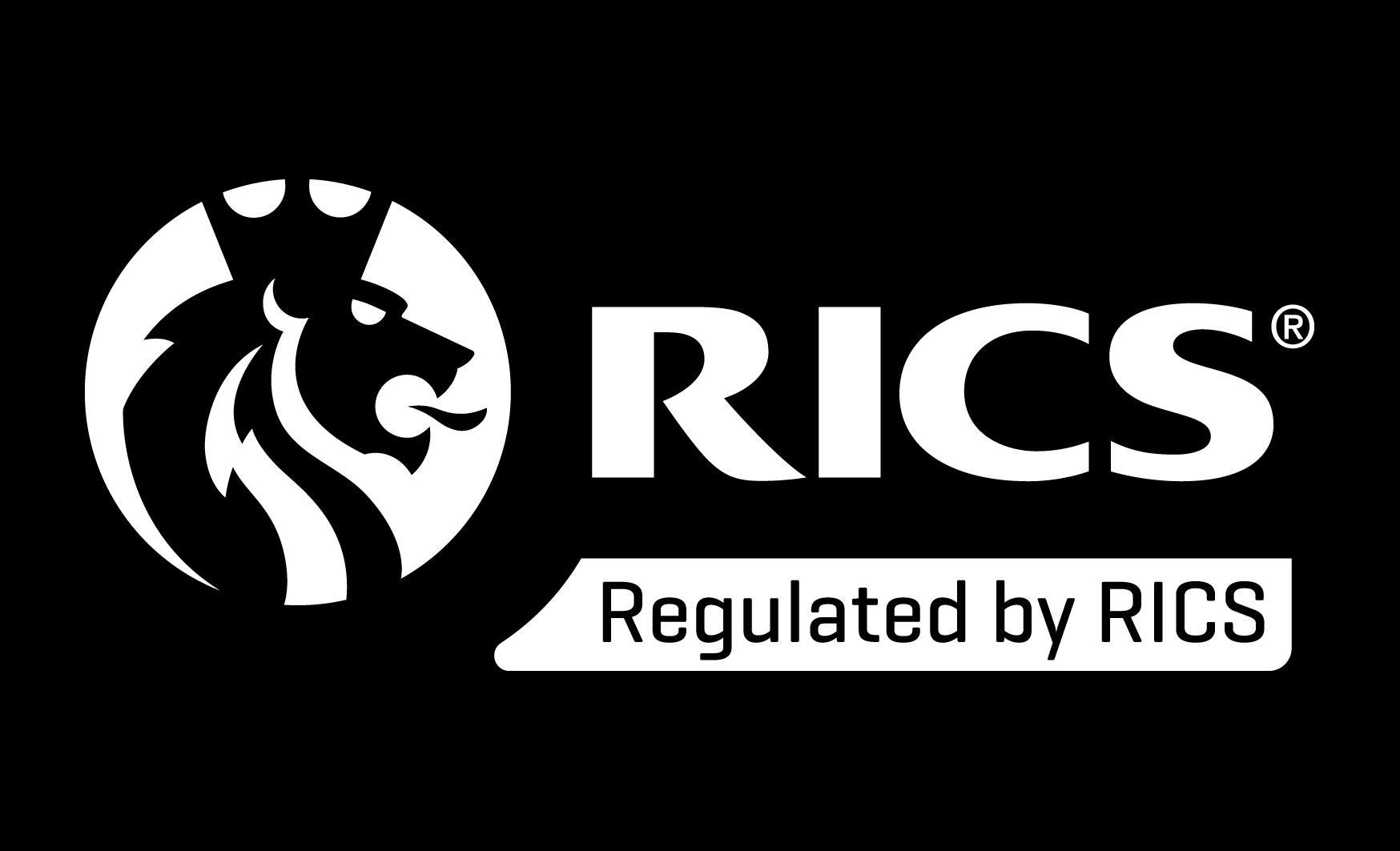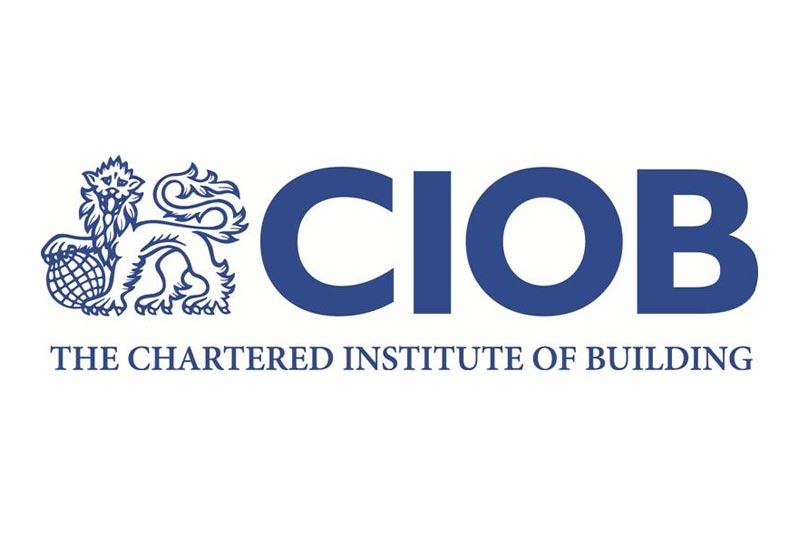
Snagging Reports
This is a service aimed at new build properties or properties that have just been converted or altered and you just need it checked over.

01652 241160/01652 679038

This is a service aimed at new build properties or properties that have just been converted or altered and you just need it checked over.

This is a brief survey of the property. This is best suited to newer properties or leasehold flats where the responsibility for the structure is held by someone else.

This report is slightly more in depth and areas such as loft spaces are entered where safe. This is best suited to properties from 60's to modern.
It is not suited to older or complex buildings as it does not provide enough details for very extended, altered or older properties.

This is a more comprehensive survey of the property. Loft spaces are entered where safe to do so. Drain covers lifted where possible. This report provides more advice and detail. This is best suited for older or listed buildings. Or in buildings where there are some complex elements.

We can provide advice during the survey on Building Control related matters. For example, what works would be required to make a non compliant conservatory or loft conversion pass a Regularisation.
Just ask if you want a particular feature looking at and we include this free as part of the service.

Most Residential Surveyors are just that, not Building Engineers. So they have no option but to recommend further investigations by other professionals. This costs more time and money for additional checks.
Additional reports can be produced if something comes up during the survey without the need for an additional visit.


